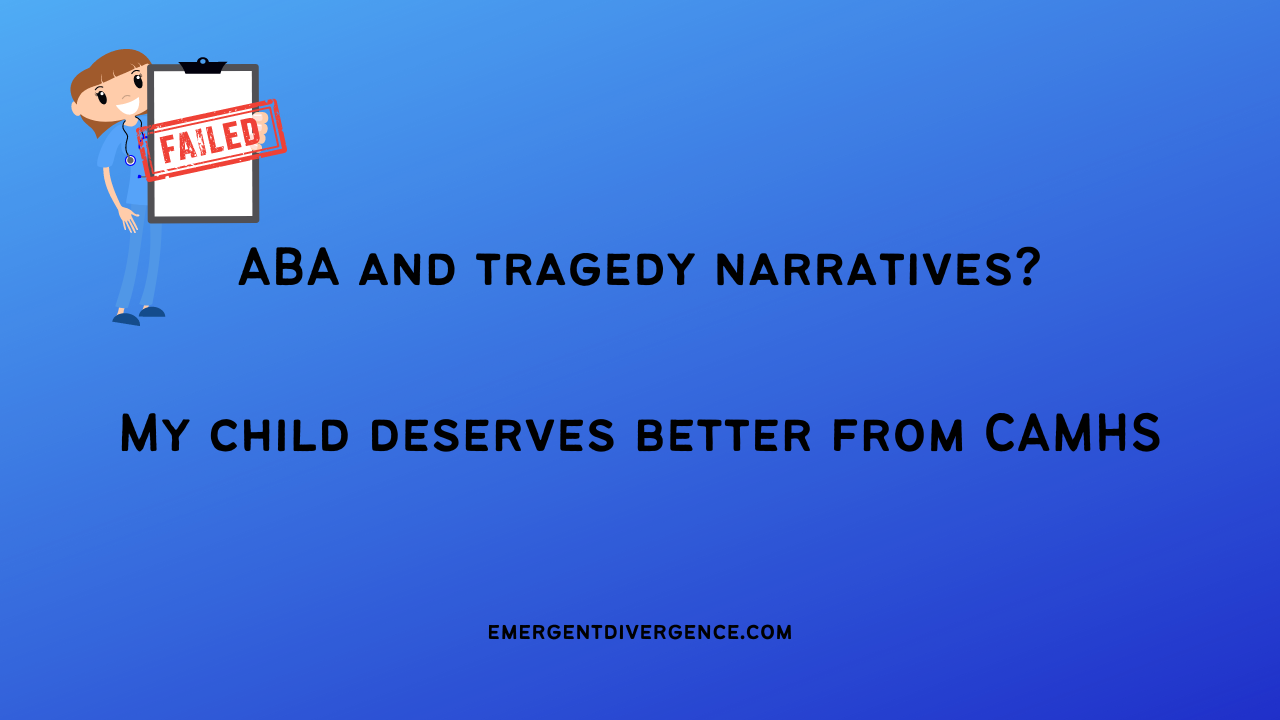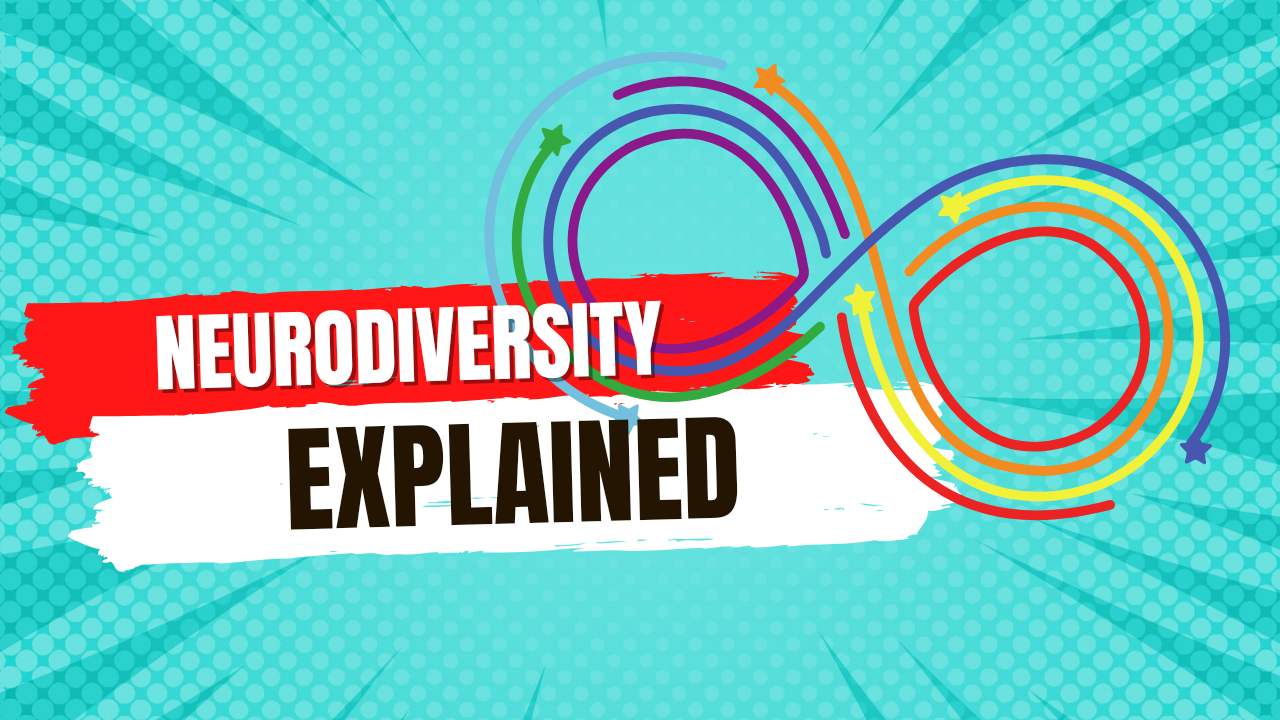“How do I help my Autistic child?”
I have recently found myself being asked quite often about how parents can help their Autistic children. It sounds like a simple question, but as with most things in parenting, there is no simple, one-size-fits-all approach to parenting. I can, however, tell you what helps me support your Autistic child in my day-to-day professional life.
Monotropism
This has become the theoretical lens through which most of my work functions. Part of my day job is working to support Autistic young people, many of whom are quite traumatised by the wider world, in particular the mainstream education setting. So, what’s the deal with monotropism?
Monotropism as a theory works to explain a great deal of Autistic experience. Through understanding monotropism, I have come to understand a great deal. One of the main ways this influences my work is that it directs me to use gradual transitions between tasks and to know that abruptly changing activities is cognitively traumatic.
For people who want to know more about monotropism, I highly recommend reading the following articles.
- Me and Monotropism: A unified theory of autism
- Guest Post: What is monotropic split?
- monotropism.org
If you engage better with video content, try this one
The Double Empathy Problem
Autistic children experience a great deal of communication invalidation, and this contributes to the clustered injustice that befalls so many Autistic people. Essentially, Autistic people are told that their communication style is a deficit, a flaw to be erased. We have to recognise and validate the communication of Autistic children if we want to be a part of their world.
In terms of reading, I really recommend A mismatch of salience By Damian Milton. For our video lovers, I have this offering-
Burnout and energy accounting
This is a big one. Autistic people living beyond the limits of their cognitive resources for extended periods of time can and will experience Autistic burnout. Burnout can cause a great deal of complications for the Autistic child. We have to work with them to make sure they have the resources they need to cope with the demands in their life (and yes, Autistic children have a lot of demands in their life).
Essential reading for this topic-
- Alexithymia and Autistic burnout: Too tired to feel it
- Creating Autistic Suffering: What is Atypical Burnout?
- Autistic people and the burnout-psychosis cycle
- Creating Autistic Suffering: The AuDHD Burnout to Psychosis Cycle- A deeper look
And of course I have a video for you-
Interoception
Believe it or not, there are not five senses. There are eight. They are visual, tactile, gustatory, olfactory, audio, vestibular, proprioception, and interoception. While having a good knowledge of Autistic experiences of all of these will help you, interoception is a big one. Interoception is the sense that tells you what is happening in your body. Whether you need the toilet, are hungry, or feeling anxiety, all of this is informed by your interoceptive sense.
When working with an Autistic child, I have to remember that sensory differences mean that they may be alexithymic, preventing them from answering questions about their emotional state.
Reading around this topic that is important follows-
Masking
Masking is perhaps one of the most commonly misunderstood aspects of Autistic experience. It’s best understood by considering it a projection of acceptability; we show people what we think they want to see. This is why your Autistic child might be fine at school and then completely meltdown at home. We have to be aware that Autistic children often don’t feel safe fully expressing themselves.
Anyone wanting to know more about masking should read the following-
- Autistic Masking by Amy Pearson and Keiran Rose
- Mask on, Mask off: How the common understanding of Autistic masking is creating another mask
- The cost of autistic masking
And here is a video!
These are all essential foundations that come together to create the competency that people need to start to start understanding the individual experiences of Autistic people. Remember, you won’t get it right every time. You won’t learn everything overnight. What matters is that you spend time in and around Autistic community and culture. Nothing will teach you better how to support your Autistic child better than Autistic adults.
Katie Munday and I are currently co-authoring a blog series together that looks at the experience of being an Autsitic parent. Find it here.
If you want to learn more about the challenges that Autistic people and their families face, check out the Creating Autistic Suffering series I co-author with Tanya Adkin. Find it here.











You must be logged in to post a comment.